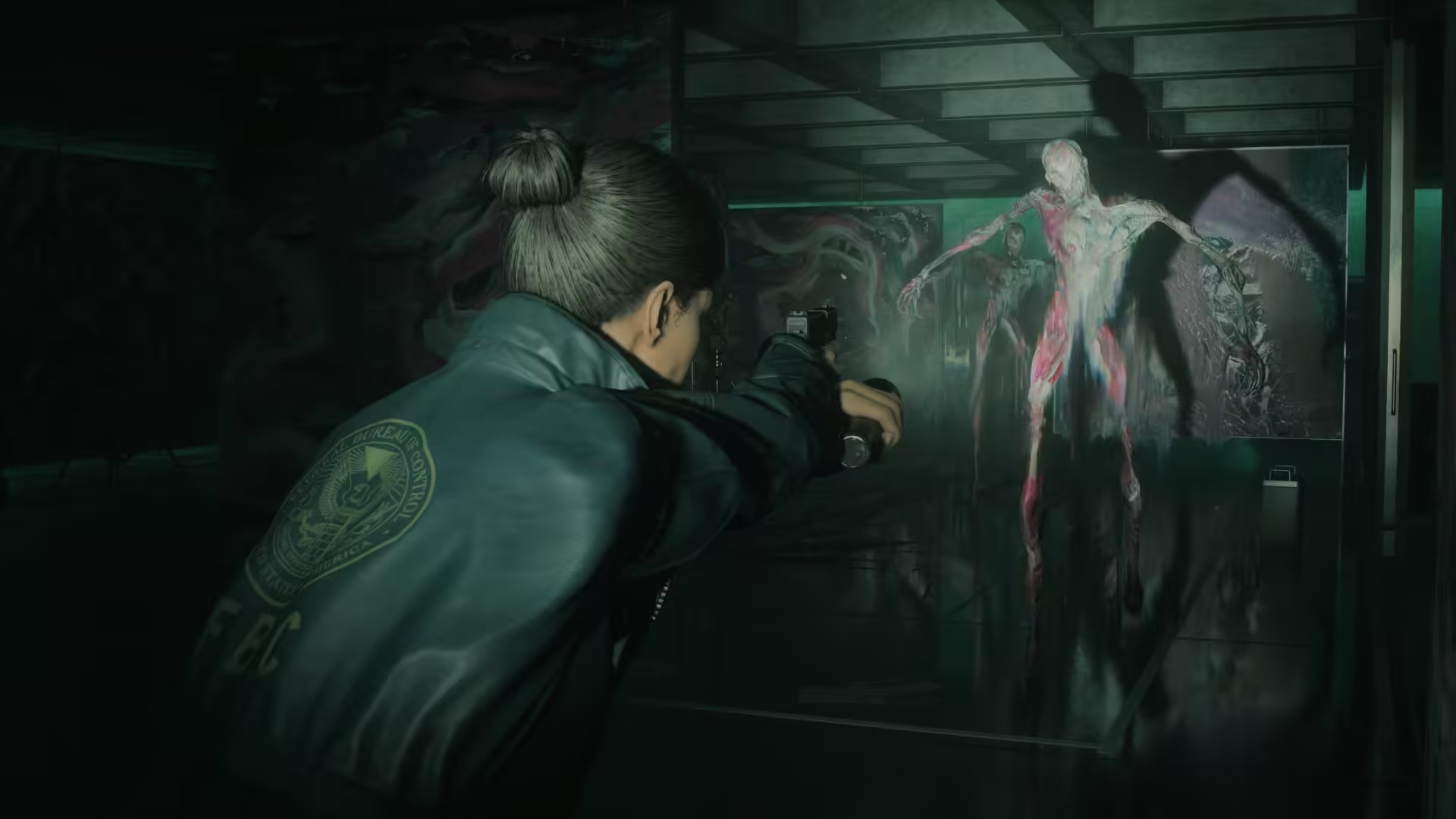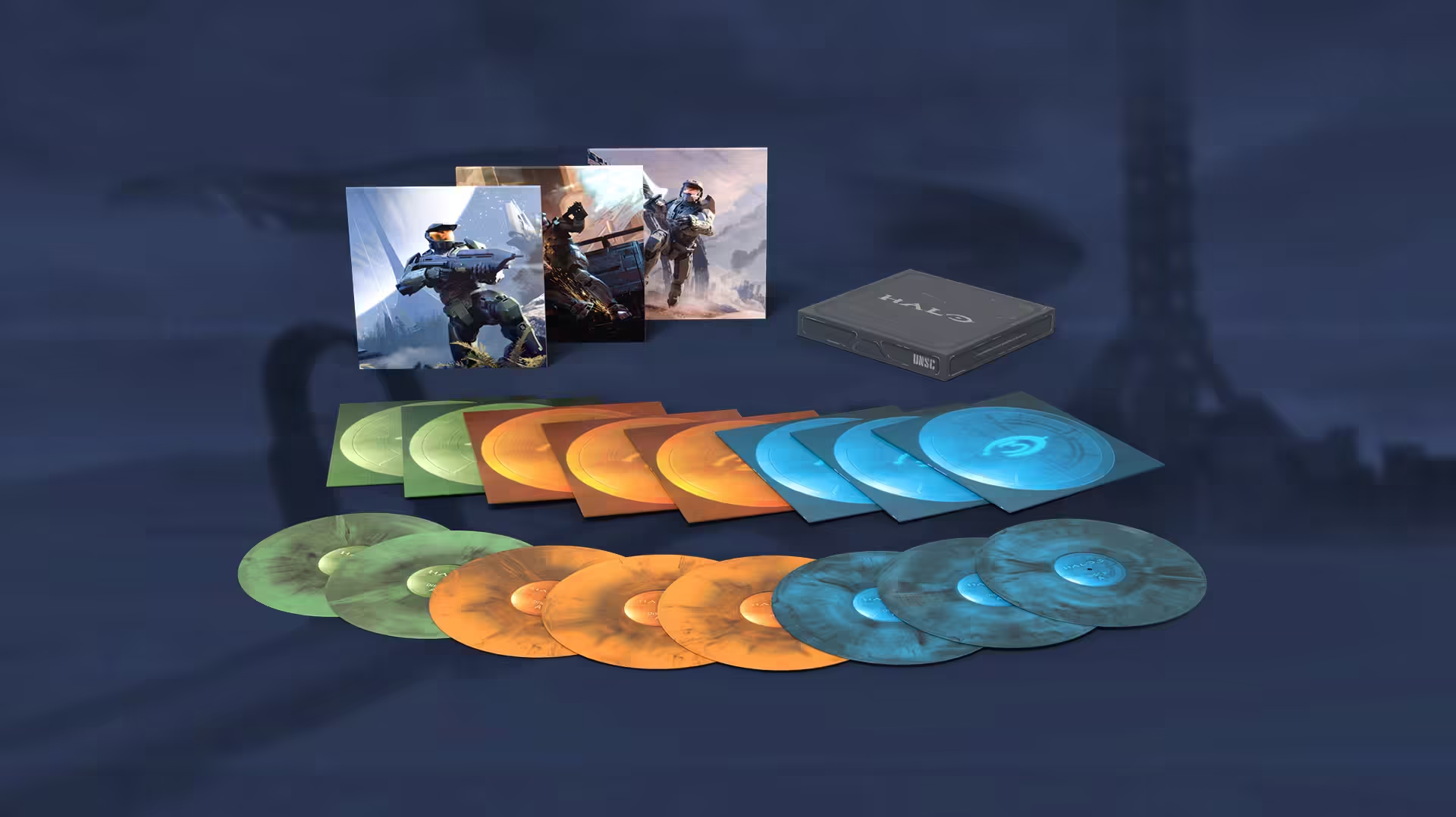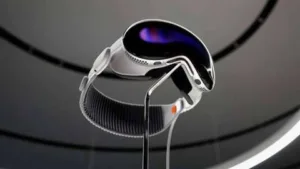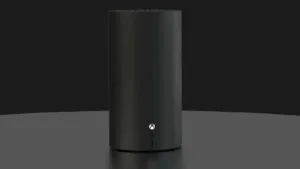Alan Wake 2’s The Lake House is a dark, brilliant parable on the devaluation of art and artists
Estimated reading time: 1 minute
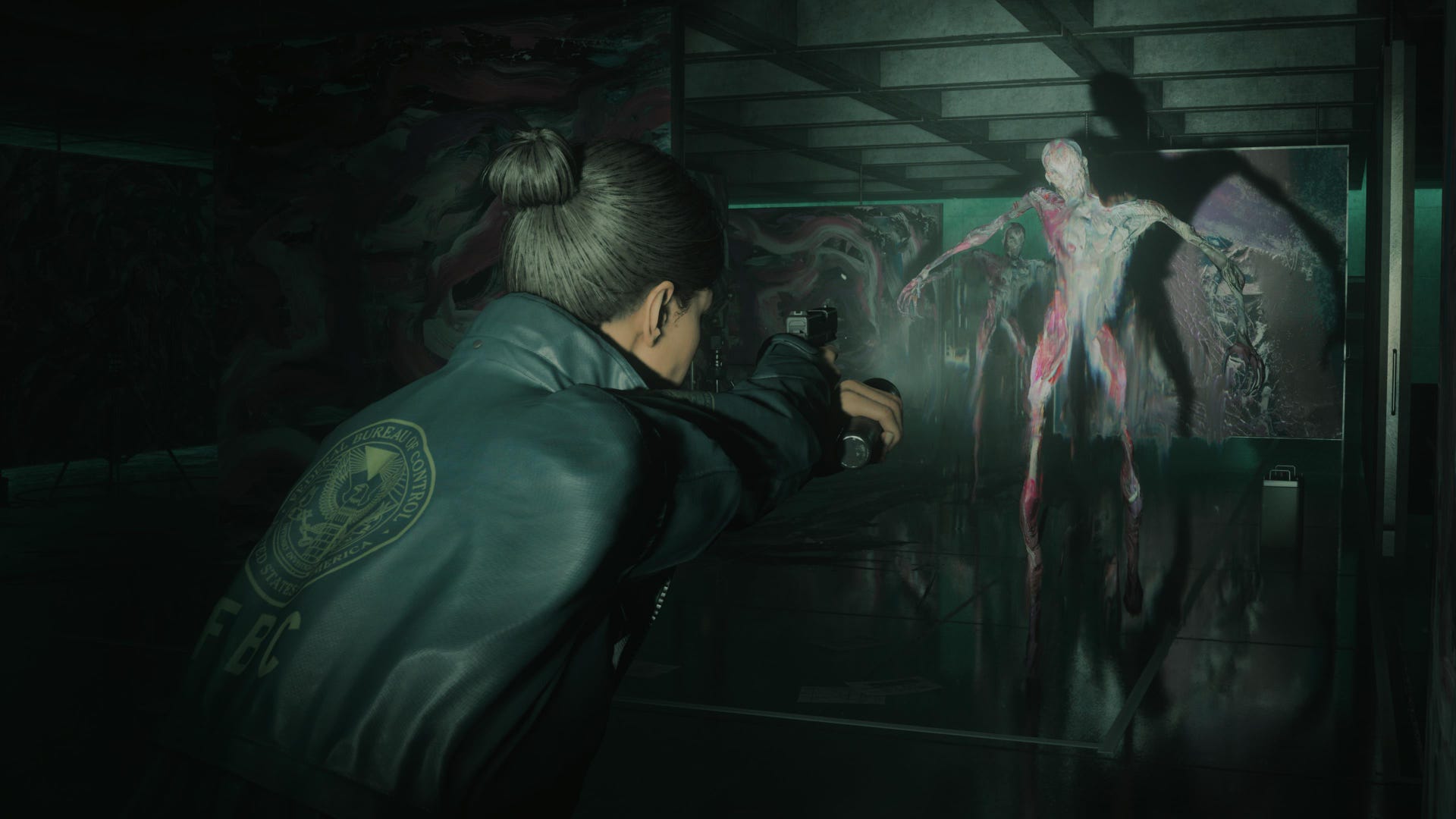
There must be hundreds of typewriters in the hall, their collective clacks a tidal wave of soulless automation, rising up to greet agent Kiran Estevez as she enters, pistol and flashlight in hands. Exploring rooms to the side, Alan Wake 2: The Lake House’s star finds whiteboards and documents revealing the typewriter’s purpose: to mimic Wake’s writing. Pages are graded along criteria such as ‘style’, ‘tone’, and ‘content’, then “fed into the algorithm” as references until “near-identical stories” to Wake’s can be produced.
“If Jules could simply cut the painter open and pull the painting out of him, he would,” reads one of the real Alan’s typewritten pages. That’s Jules Marmont, the obsessive head of the titular FBC centre. The Marmonts – Jules and his wife Diana – are running experiments to forcibly and synthetically create works of art, aiming to mimic creative passion convincingly enough for the paranatural entity inside Cauldron Lake to respond, as it has in the past.
